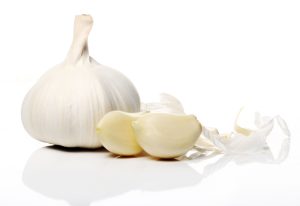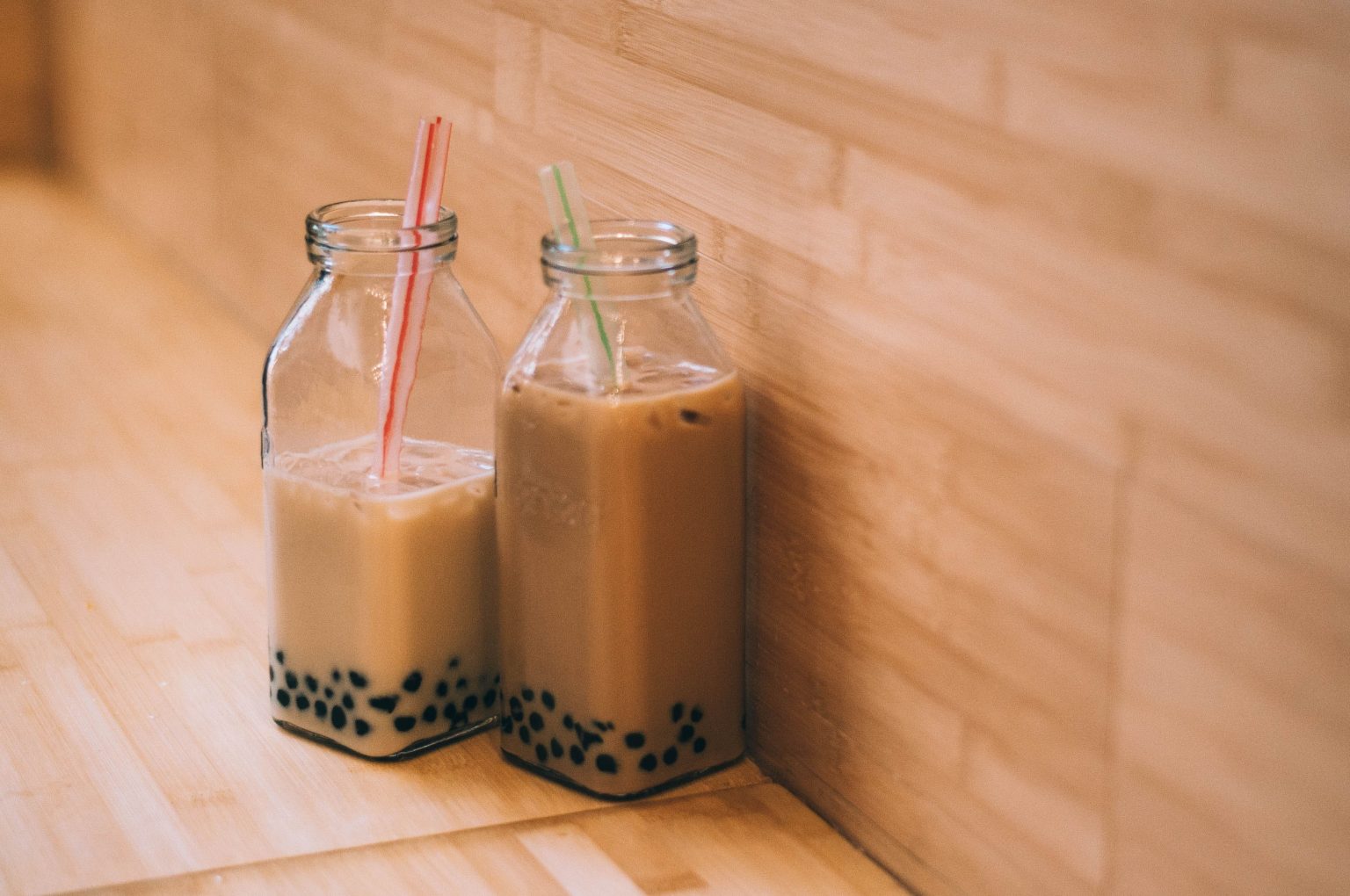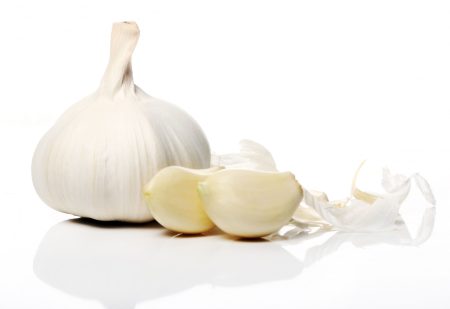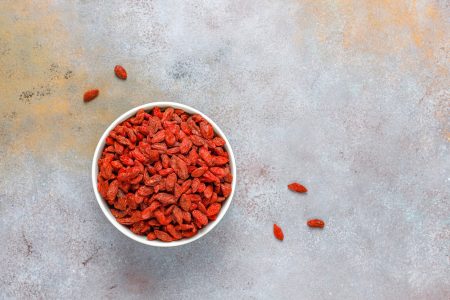Table of Contents
Introduction
Whether you’re a seasoned bubble tea drinker or new to the world of bubble tea, there’s no denying that it’s one of the most popular drinks on the planet. Boba tea, or bubble tea, is an irresistible blend of tea, milk tapioca pearl, and other flavorful ingredients.
In this article, we’ll take a look at six different types of boba tea around the world, each with its unique blend of flavors and cultural influences. So whether you’re looking to try a new type of bubble tea or just love the taste of bubble tea, we’ve got you covered.
The Origins and Evolution of Boba Tea
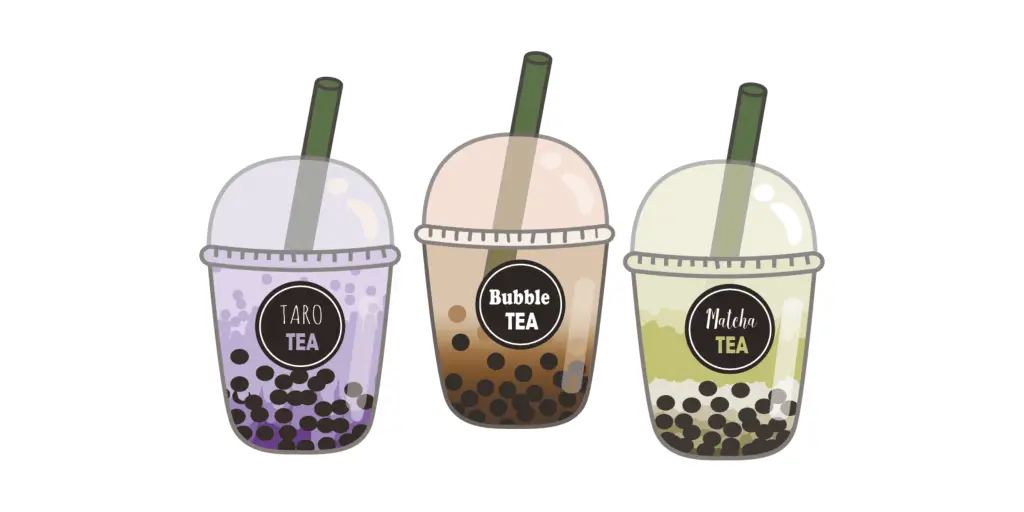
Before we dive into the global variations of boba tea, let’s take a moment to appreciate its origins and cultural significance.
Taiwanese Bubble Tea The origin of Bubble Tea Boba Tea can be traced back to Taiwan where it was first made in the 1980’s. The original formula was brewed black tea with milk and sugar, and the pearls were chewy. The result was a sweet and satisfying tea that quickly became popular.
Evolution and Innovation Bubble tea has changed and expanded over the years. Vendors have tried different tea bases, different flavorings, and different toppings to create different flavors. Today, bubble tea is available in many different flavors and styles, drawing on traditional flavors from Taiwan as well as international culinary trends.
Global Popularity Bubble tea shops are popping up all over the world, from big cities to small towns. What began as a specialty in Taiwan is now a global trend. People from all over the world love the taste and texture of bubble tea.
Exploring 6 Global Variations of Boba Tea
Now, let’s embark on a flavorful journey as we explore six tantalizing variations of boba tea from around the world.
1. Classic Taiwanese Bubble Milk Tea
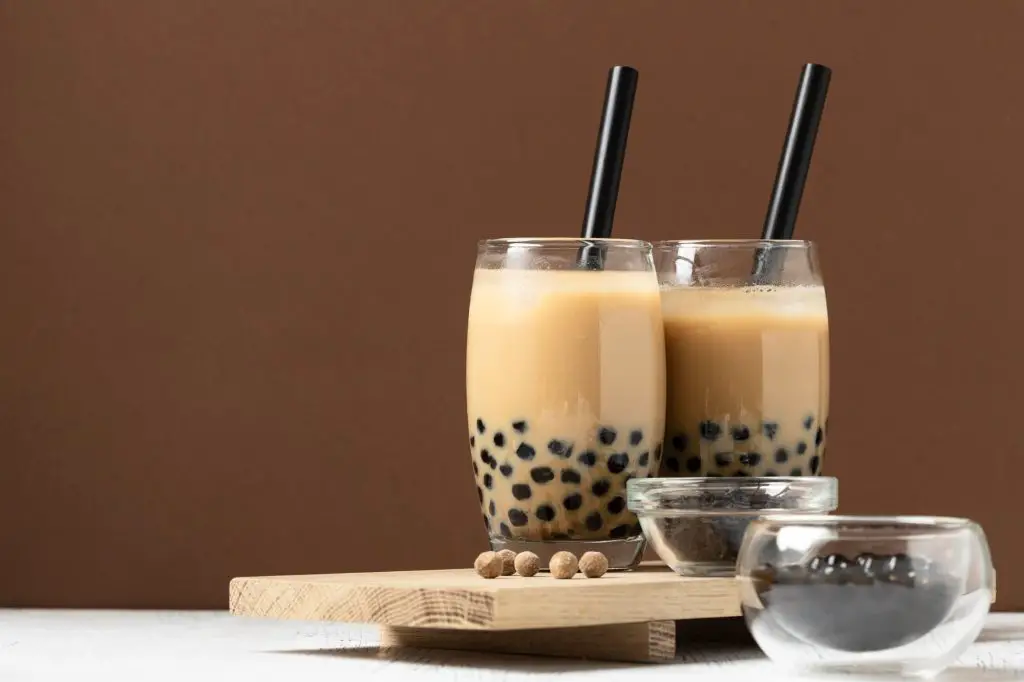
- Description: The quintessential boba tea experience, features a base of black tea, creamy milk, and chewy tapioca pearls.
- Ingredients: Black tea, milk, tapioca pearls, sugar.
- Taste Profile: Rich, creamy, slightly sweet, with a hint of caramel from the tapioca pearls.
2. Hong Kong-Style Milk Tea with Boba

- Description: A beloved variation of boba tea popular in Hong Kong, featuring strong black tea and condensed milk.
- Ingredients: Black tea, condensed milk, tapioca pearls, sugar.
- Taste Profile: Strong, bold tea flavor, balanced by the sweetness of condensed milk, with a chewy texture from the tapioca pearls.
3. Thai Iced Tea with Boba

- Description: A refreshing and aromatic Thai-inspired boba tea, infused with spices and served over ice.
- Ingredients: Thai tea blend, evaporated milk, tapioca pearls, sugar, spices (such as star anise or cardamom).
- Taste Profile: Creamy, sweet, and slightly spicy, with floral notes from the Thai tea blend and a creamy texture from the evaporated milk.
4. Matcha Boba Latte
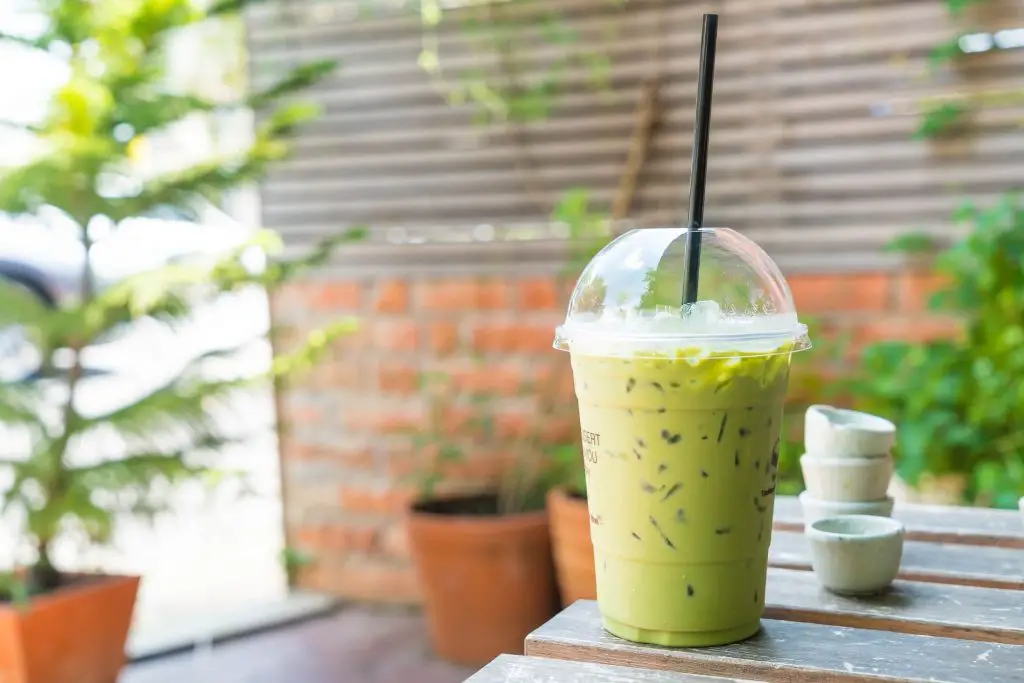
- Description: A trendy twist on traditional boba tea, featuring Japanese matcha green tea powder for a vibrant color and earthy flavor.
- Ingredients: Matcha powder, milk, tapioca pearls, sugar.
- Taste Profile: Earthy, slightly bitter matcha flavor, balanced by the sweetness of milk and sugar, with a chewy texture from the tapioca pearls.
5. Taro Boba Smoothie
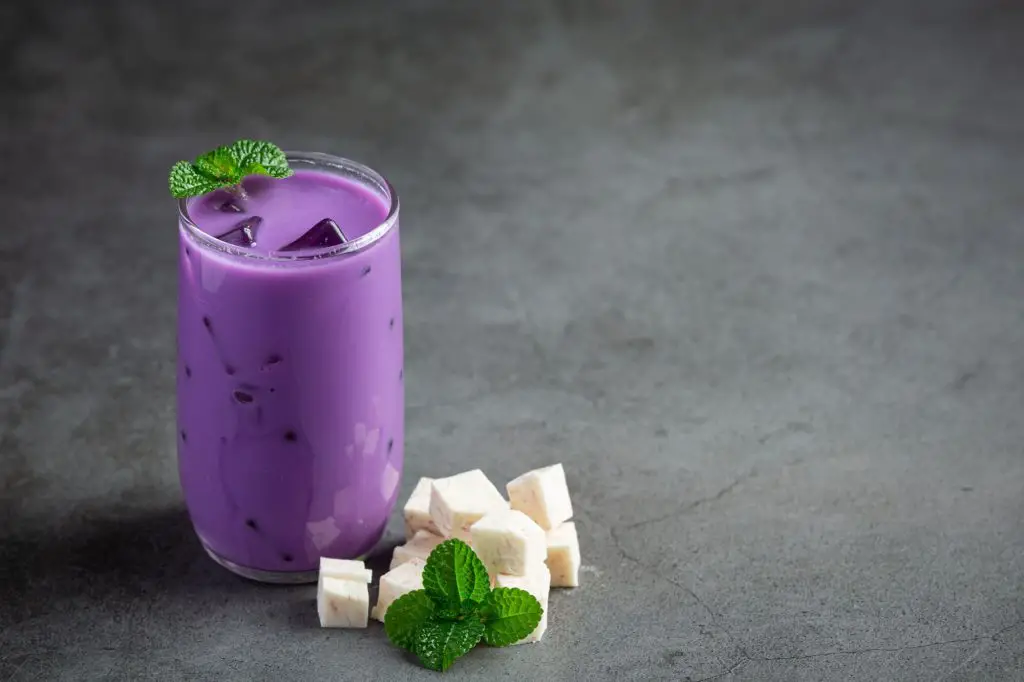
- Description: A creamy and indulgent smoothie variation of boba tea, featuring taro root for a unique flavor and purple hue.
- Ingredients: Taro root, milk or non-dairy alternative, tapioca pearls, sugar.
- Taste Profile: Sweet, nutty, and slightly floral, with a creamy texture from the taro root and a chewy bite from the tapioca pearls.
6. Brown Sugar Boba Milk
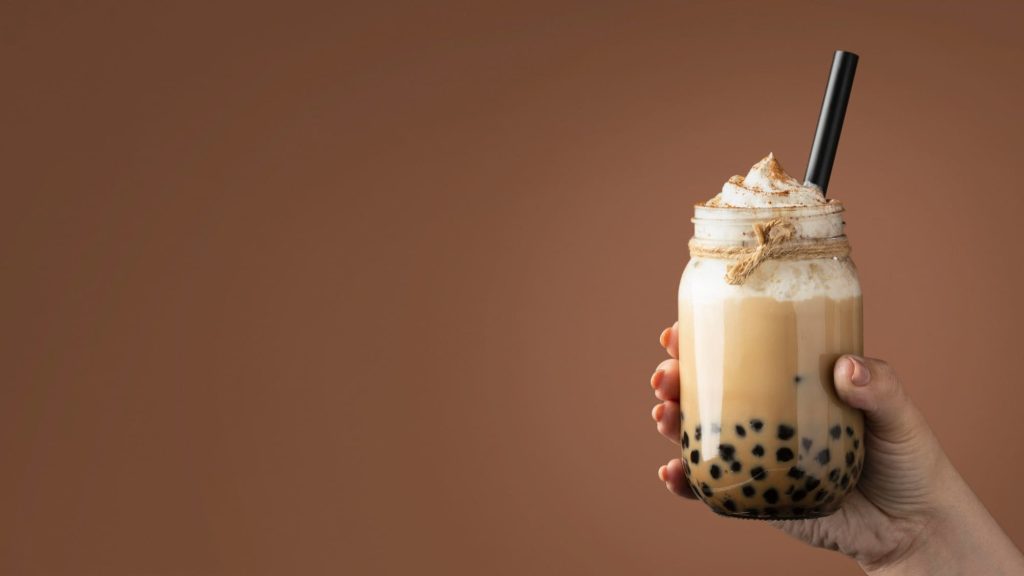
- Description: A decadent and indulgent variation of boba tea, featuring brown sugar syrup for a rich, caramelized flavor.
- Ingredients: Brown sugar syrup, milk, tapioca pearls.
- Taste Profile: Sweet, rich, and caramelized, with a deep flavor from the brown sugar syrup and a chewy texture from the tapioca pearls.
The Health Benefits of Boba Tea
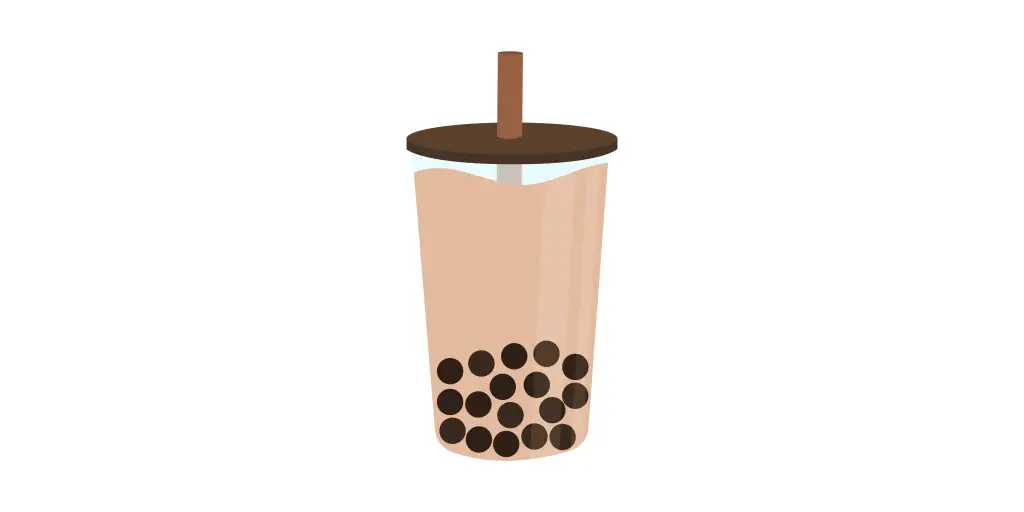
Take a deeper dive and discover the health benefits that are often associated with boba tea. We’ll break down what’s true and what’s not, so you can make informed decisions that are in line with your health.
We’ll look at the nutritional benefits of the base teas that boba tea is based on, such as green tea’s potential antioxidant properties and tapioca pearl, which may provide carbohydrates.
Plus, we’ll tackle common myths about the sugar content that is so often demonized. Explore alternative options and practice mindful consumption.
In the end, you’ll have a better understanding of what boba tea is all about, and you’ll be able to make informed decisions that will help you reach your health goals.
Boba Tea and Food Combinations

Enhance your dining experience by learning how to pair bubble tea with different cuisines. Learn how different flavors work together to create a perfect combination that excites your taste buds and takes your culinary journey to the next level.
Discover the social aspect of bubble tea shops. Where communities come together for more than a drink. Discover how bubble tea affects socializing, cultural exchanges, and its modern-day community center.
Conclusion
With its unique blend of flavors, textures, and cultural influences, boba tea is a beloved drink enjoyed by people all over the world. From the traditional bubble milk tea from Taiwan to the new and exciting boba latte and boba smoothie flavors like matcha and taro, boba tea has something for everyone.
So, why not try boba tea on your own?
Also Read: Unlocking the Power of Happiness and Its Impact on Health
What are tapioca pearls, and why are they used in boba tea?
Tapioca pearls are small, chewy balls made from tapioca starch, derived from the cassava root. They are added to boba tea for texture, providing a fun and playful element to the drink.
Are there any health benefits to drinking boba tea?
While boba tea can be enjoyed as an occasional treat, it’s important to consume it in moderation due to its high sugar and calorie content. However, some variations of boba tea may offer health benefits, such as the antioxidants found in matcha green tea or the vitamins and minerals present in taro root.
Can I make boba tea at home?
Yes, boba tea can be made at home using basic ingredients such as tea, milk, tapioca pearls, and sweeteners. There are many recipes and tutorials available online to help you recreate your favorite boba tea drinks in the comfort of your kitchen.

